LEED Platinum home in Ontario
As described by the Architects:
Designed for a client with environmental sensitivities, +HOUSE is a manifestation of a sustainable and healthy approach to building that does not sacrifice design.
Sited facing the bank of a stream-fed pond, this four-season house is nestled into a natural slope. Extensive 14-ft high glazing offers expansive views of the landscape and access to a full-length deck. Bedrooms are located on opposite ends of the rectangular plan, book-ending the open living spaces.
+ HOUSE is embedded with a wealth of complex, health sensitive materials and methods. Built of inert cementitious blocks that inhibit the growth of fungi and molds, the walls are finished with a natural clay plaster that requires no paint finish. A soy-based sealer was used for the concrete floors and counters, and untreated silk and hemp fabric was used for the curtains.
The client was equally interested in environmentally responsible design. Achieving a healthy house for both client and environment meant extensive research into a wide range of products and locally produced materials suited to the climate. A green roof, heat-mirror triple glazing, solar shading, passive ventilation and daylighting, and a geothermal system are just some of the features of this LEED Gold-targeted project.
 |
|
LEED home in Mulmur, Ontario.© Shai Gil Photography
|
 |
|
LEED home in Mulmur, Ontario. © Shai Gil Photography
|
 |
|
LEED home in Mulmur, Ontario. © Shai Gil Photography
|
 |
|
LEED home in Mulmur, Ontario. © Shai Gil Photography
|
 |
|
LEED home in Mulmur, Ontario. © Shai Gil Photography
|
 |
|
LEED home in Mulmur, Ontario. © Shai Gil Photography
|
Now you know more about how to build a LEED Platinum Home. Find more pages about sustainable construction below and in the Ecohome Green Building Guide pages.
Discover all the benefits of a free Ecohome Network Membership here - promote your business and get access to discount pricing on select building materials! |
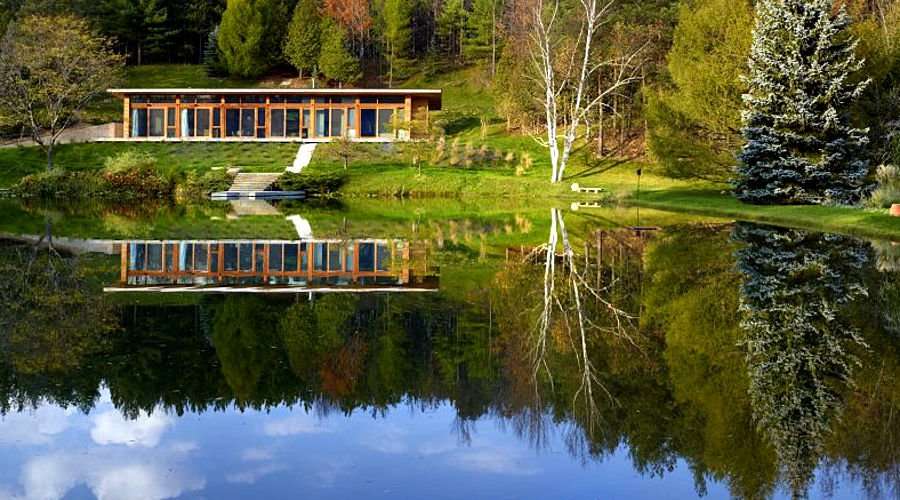





























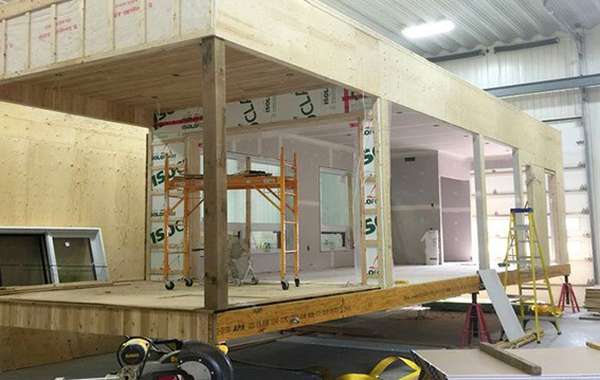
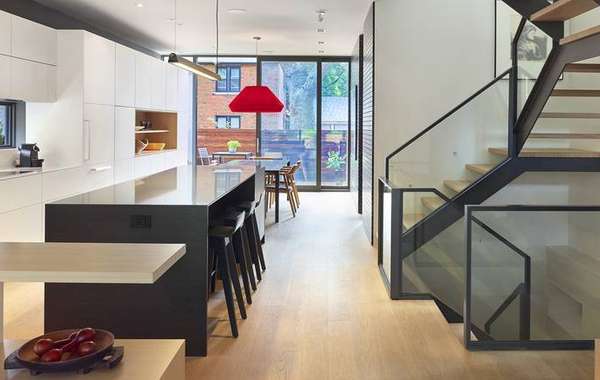
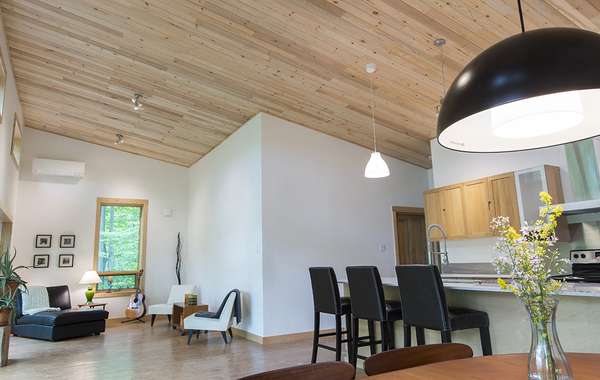




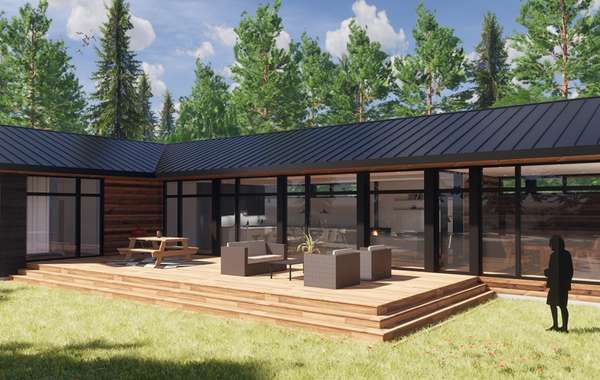
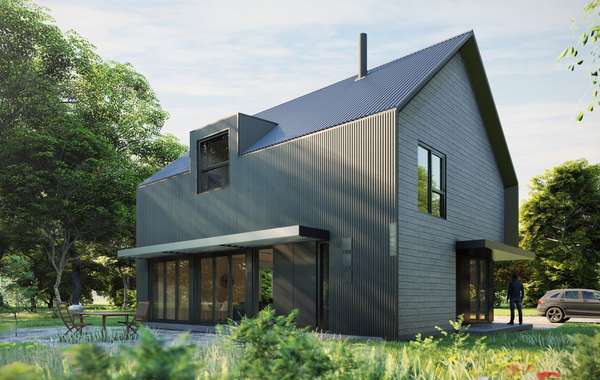

Very nice Leed house, but I see errors, the floor should be dark like black slate to increase the absorption of the sun energie and ceiling should be pale color like a white hyper gloss to reflect light comming from the reflection from the lake. Fenestrations on the north side are not eco energetics.